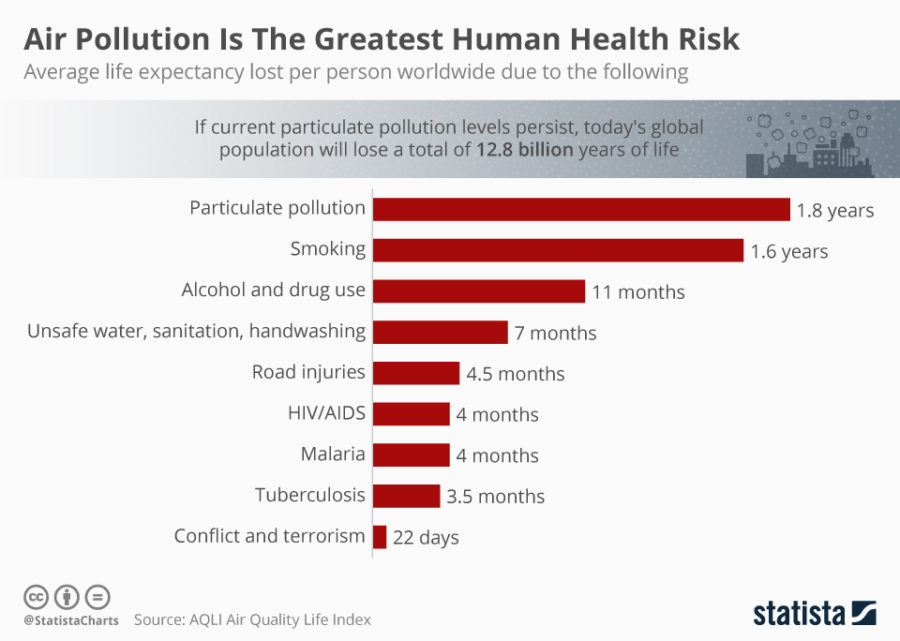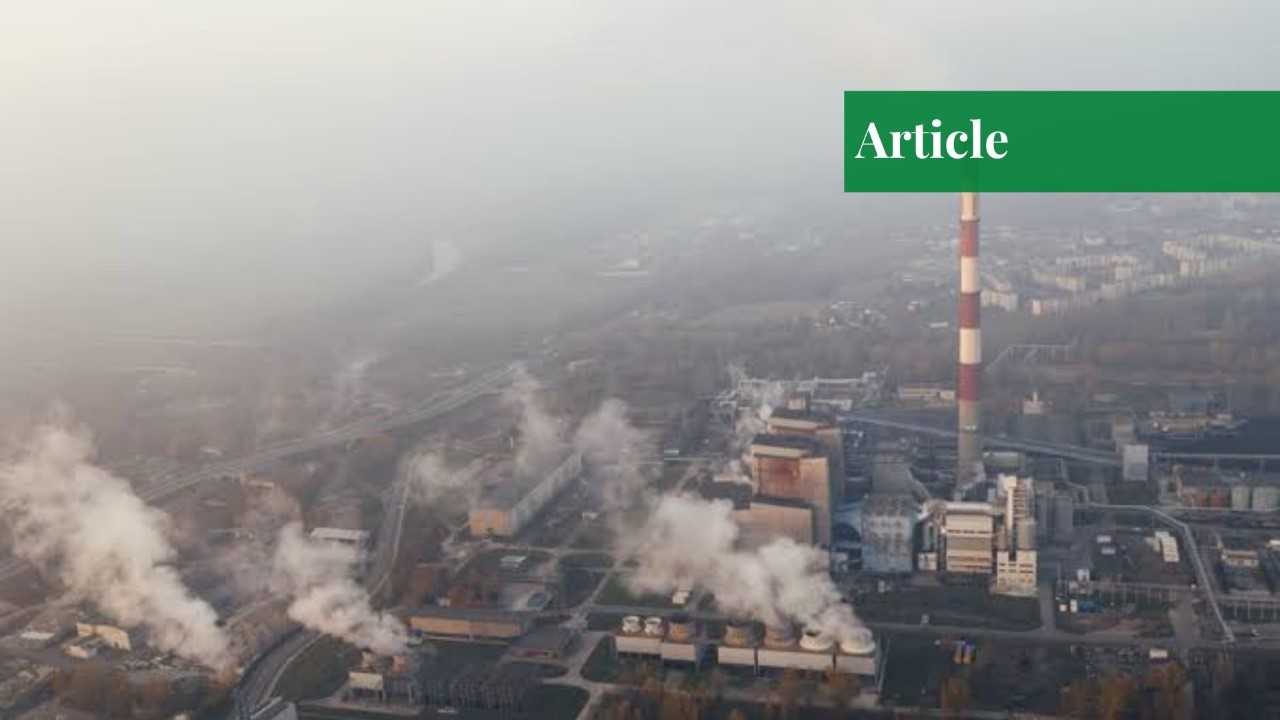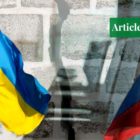Ms Afifa Iqbal has a keen interest in identity politics, colonialism and post-colonial development. She is currently working as a Research Assistant at ITU while pursuing her postgraduate studies in Development, Technology and Policy. She is a Gold Medalist in Political Science from the University of Punjab.
Introduction
“It is a shocking fact that no major city or country is providing safe and healthy air to their citizens according to the latest World Health Organization air quality guideline.” Frank Hammes, CEO of IQAir, stated after publishing the 2021 World Air Quality Report.
There is no doubt that WHO is doing a commendable job in raising awareness and providing tools to deal with the threat that air pollution is; however, the exclusion of local socio-political factors from the analysis and formation of air quality guidelines might offer one explanation for the failure of countries to comply with the air quality guidelines.
Air Quality Guidelines
The first guideline issued by WHO Regional Office for Europe outlined 28 air pollutants. In 1997, another report titled Guidance for Setting Air Quality Standards was published by WHO Regional Office for Europe. However, in 2006, WHO went global with its air quality guidelines and published a report titled, ‘Air Quality Guidelines: Global Update 2005: Particulate Matter, Ozone, Nitrogen Dioxide, and Sulfur Dioxide.’ The latest report in this series was published by WHO in September 2021 after a fifteen-year gap.

To establish the gravity of the situation, WHO’s website displays the following statement in the overview section of the report; “Compared to 15 years ago, when the previous edition of these guidelines was published, there is now a much stronger body of evidence to show how air pollution affects different aspects of health at even lower concentrations than previously understood. But here’s what hasn’t changed: every year, exposure to air pollution is still estimated to cause millions of deaths and the loss of healthy years of life… The global nature of the challenge calls for an enhanced global response.”
WHO Global Air Quality Guidelines 2021
The Global Air Quality Guidelines (AQGs) 2021 cites “quantitative health-based recommendations for air quality management” as its main objective. Moving forward, specific objectives include the provision of evidence-based recommendations via publication of AQG levels, the outline of interim targets “to guide reduction efforts”, and the provision of “qualitative statements on good practices for the management of certain types of PM”.
The 2021 AQGs specifically highlights the following pollutants due to their adverse impact on health: PM2.5, PM10, ozone, nitrogen dioxide, sulfur dioxide and carbon monoxide. To establish the precarity of the situation, WHO outlines the reasons for setting guidelines for the aforementioned air pollutants.
For instance, regarding PM2.5 and PM10, the website mentions, “The health risks associated with particulate matter equal or smaller than 10 and 2.5 microns (µm) in diameter (PM₁₀ and PM₂.₅, respectively) are of particular public health relevance. Both PM₂.₅ and PM₁₀ are capable of penetrating deep into the lungs but PM₂.₅ can even enter the bloodstream, primarily resulting in cardiovascular and respiratory impacts, and also affecting other organs.”
The detailed 2021 AQG also outlines three important ways in which the guidelines can be used; as a tool for policy-making, to stimulate research, and to enhance climate action. The report stresses the need for intersectoral cooperation in implementing the solutions and highlights the potential ways in which WHO can get involved, that is, science-policy dialogues, advocacy, and capacity building.
The 2021 World Air Quality Report
IQAir, the Swiss Air Quality Technology Company, publishes the World Air Quality Report annually and ranks countries by using PM2.5 concentration in the air as a benchmark to measure the level of air pollution. The 2021 report reveals that no country was able to meet the WHO Air Quality Guidelines 2021.
Having stated that, out of 6475 cities that were included in the report, only 222 met the air quality standards. The map highlighting PM2.5 concentration on an annual average basis is a visual representation of the deteriorating air quality in different regions of the world. As can be seen on the map, Pakistan, India and Bangladesh along with other states in the Asian region have the highest concentration of PM2.5.
Bangladesh was ranked as the most polluted country in the world, followed by Chad and Pakistan. According to the 2021 World Air Quality Report, China has been able to reduce its PM2.5 concentration by 25% since 2018. This is a laudable achievement despite the fact that Chinese cities were not able to meet WHO revised air quality standards. It is important to note that the regions in grey are the states that lacked sufficient monitoring data and tools and consequently, were not included in the report.
Pakistan’s Air Quality
The 2021 World Air Quality Report paints quite a bleak picture of Pakistan. The PM2.5 concentration was at least 8 times higher than the recommended WHO levels in all the cities included in the report. There was an eight percent increase in the annual PM2.5 concentration at the national level. The only exception was the city of Murikle in which the PM2.5 concentration levels dropped down.
As per the report, transportation is the biggest contributor to this deteriorating air quality. For instance, in Punjab, the share of transportation in polluting the air is 43 percent with only 25 percent coming from industries and 20 percent from agriculture. The increased concentration of PM2.5 in the air has adversely impacted people suffering from respiratory and cardiovascular diseases.
The report outlines the steps taken by the Pakistani state to improve its air quality like the revision of the Pakistan Clean Air Act (2021) and steps taken by the Pakistan Environmental Agency to limit PM2.5 concentration. However, the report remains skeptical that any of the current or future efforts will translate into reduced PM2.5 concentration in ambient air.
“Without enacting source-specific PM2.5 emission standards and emission load reduction targets, it remains unclear how effective additional policy changes will be.” Having stated that, there exist structural bottlenecks in creating and enacting ‘source-specific PM2.5 emission standards and emission load reduction targets’.
The deep entrenchment of clientelism in the electoral politics of Pakistan incentivizes the provision of tenders for the construction of bridges and underpasses around the election cycle. Moreover, the crony capitalism that moves in tandem with this clientele politics also makes it difficult to devise an environment-friendly strategy focused on cutting down vehicular emissions. The cases of the elevated expressway and Ravi Urban development Authority epitomize this issue.
Moreover, the exclusion of the poor as stakeholders from the environmental policy-making process also worsens the environmental problem. As the IQAir report highlights, people with low literacy rates were more likely to suffer due to air pollution “resulting in wage loss and diminished quality of life compared to those with higher literacy levels.”
In other words, the environmental problem has proven to be a double-edged sword for them; they are paying for the problem they didn’t create in terms of life expectancy and health, and exclusion from public goods and dislocation. The inability to account for these socio-political factors operational in Pakistan by WHO in its air quality guidelines turns those guidelines into untenable goals.
The same holds true for other countries that are struggling to comply with WHO air quality standards. The localized versions of global guidelines that account for socio-political factors might help WHO and the countries in setting and reaching the air quality standards.
Conclusion
The gravity of the threat that air pollution poses can be realized from the fact that it leads to the death of seven million people annually and incurs a daily cost of around 8 billion dollars. More so, the most vulnerable groups are the ones most impacted by air pollution. The socio-political structures not accounted for in WHO Air Quality Guidelines have the most instrumental role vis-à-vis implementation of air quality standards.
Hence, they must be given due importance in the report, so a comprehensive localized framework can be established for dealing with air pollution. After all, this issue impacts everyone; and the rich may be shielded from its impact for a while but sooner or later, this fire is bound to consume them too.
Greenpeace India Campaign manager, Avinash Chanchal, stated; “We understand better than ever before how air pollution damages our health and economies. This report is a wakeup call, revealing how people worldwide are denied access to clean air. Particulate matter air pollution is produced through burning fuels including coal, oil and fossil gas, unsustainable development, and agricultural activities. Addressing the air pollution crisis requires the development of renewable energy resources and clean-powered, accessible public transport. Moreover, solutions to air pollution are also solutions to the climate crisis. Breathing clean air should be a basic human right, not a privilege.”
If you want to submit your articles, research papers, and book reviews, please check the Submissions page.
The views and opinions expressed in this article/paper are the author’s own and do not necessarily reflect the editorial position of Paradigm Shift.



















